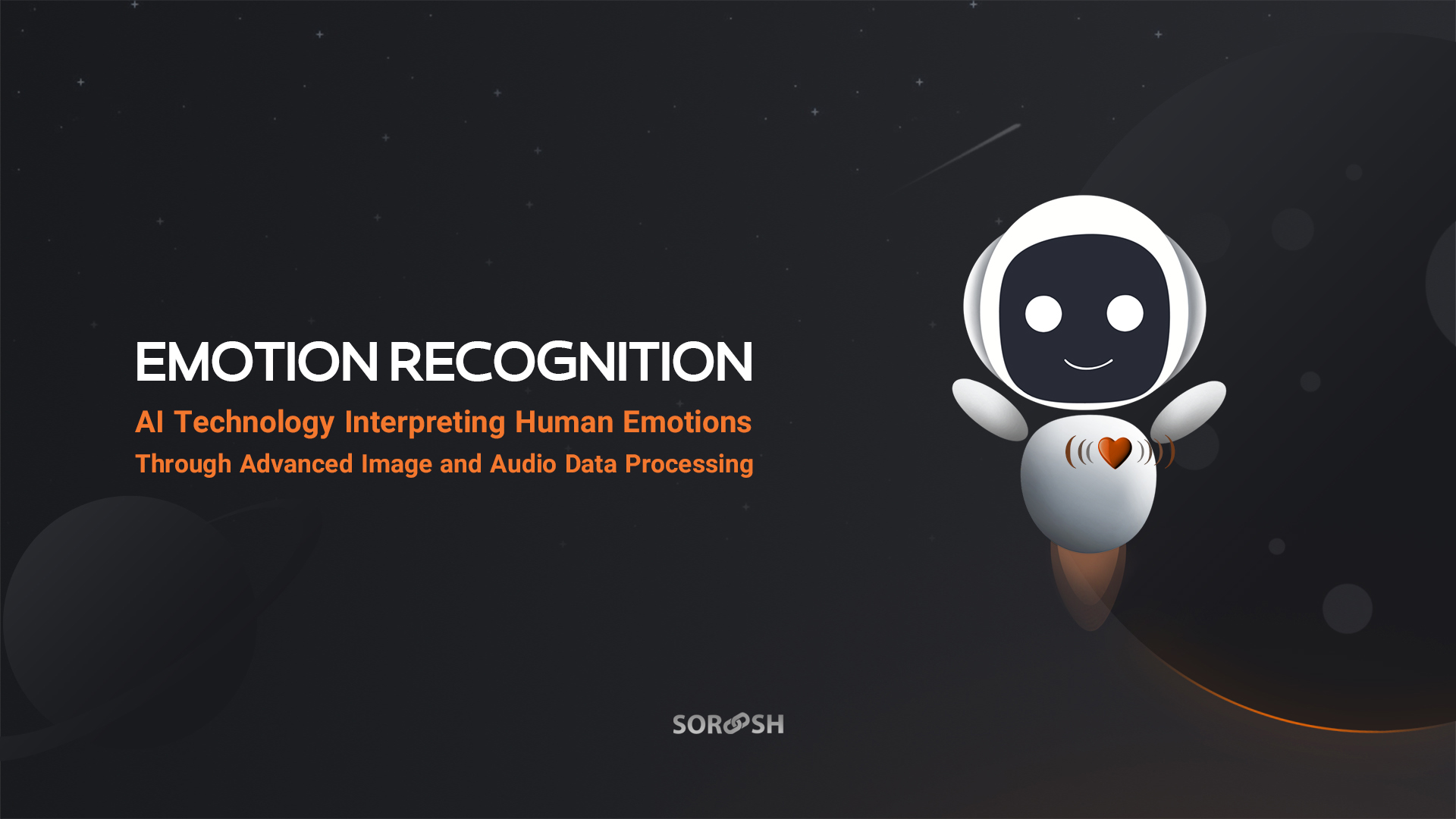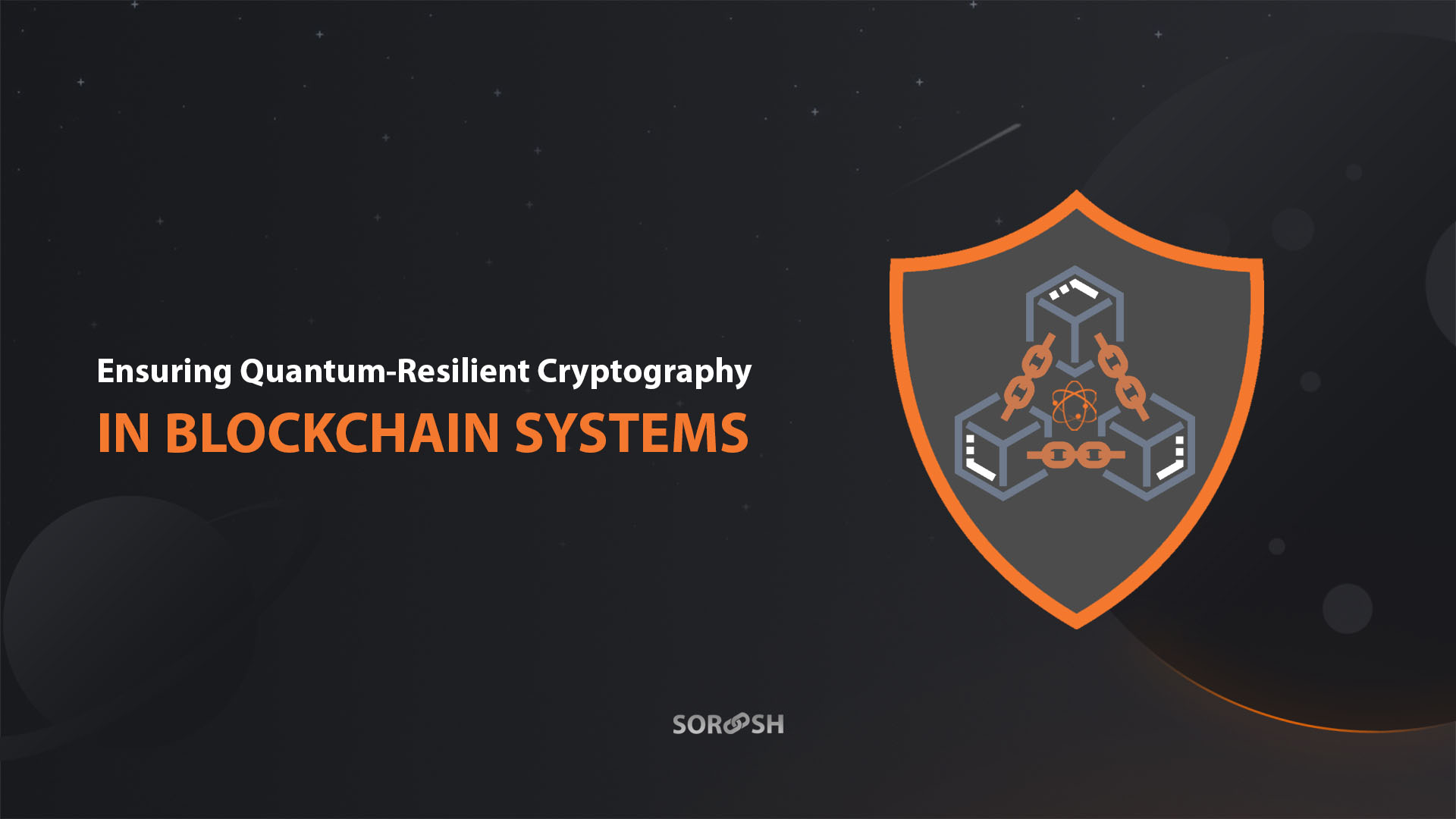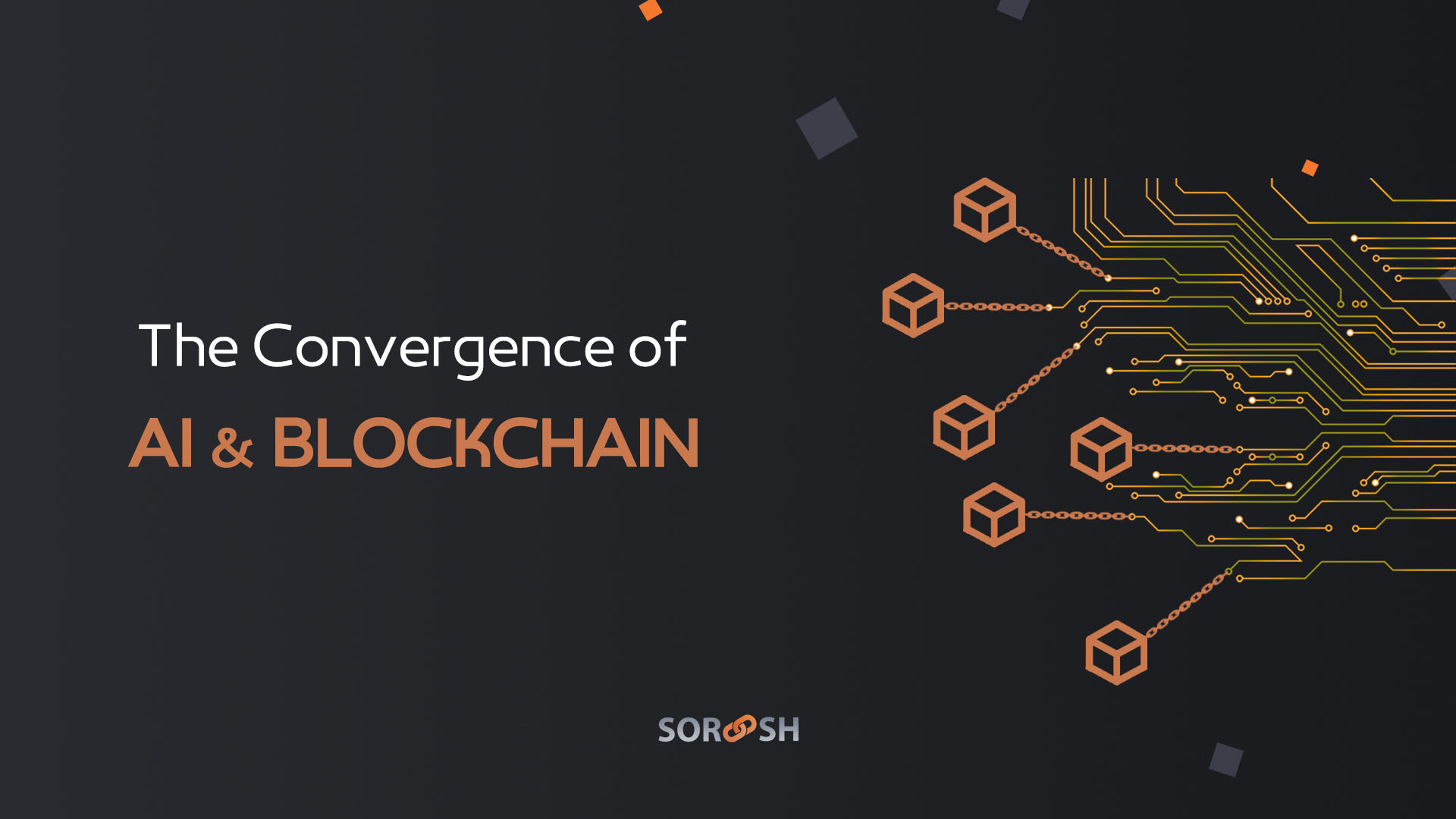

Web 3.0: The Future of the Internet
The internet has come a long way since its inception in the 1990s. In the early days, the internet was a static place where users could only consume information. Web 2.0 changed that by introducing interactive elements that allowed users to create and share content. Now, we’re on the cusp of another major shift with the emergence of Web 3.0.
What is Web 2.0?
Web 2.0 refers to the current state of the internet, where users are no longer passive consumers of information. Instead, they are active participants who generate and share content. Web 2.0 is characterized by social media platforms, blogs, wikis, and other interactive websites that allow users to create, share, and collaborate on content.
What is Web 3.0?
Web 3.0 is the next evolution of the internet, and it promises to be even more interactive than Web 2.0. Web 3.0 is also known as the “Semantic Web” because it will be able to understand the meaning of data rather than just presenting it as text or images. Web 3.0 will be powered by blockchain technology, and it will be decentralized, meaning that no single entity will have control over it.
How are Web 2.0 and Web 3.0 different?
Web 2.0 and Web 3.0 are different in several ways. Here are some of the key differences:
Decentralization
Web 2.0 is centralized, meaning that there are a few large corporations that control most of the internet. These corporations, such as Google and Facebook, have vast amounts of data about their users, and they use this data to target ads and influence behavior.
In contrast, Web 3.0 is decentralized, meaning that no single entity has control over it. Instead, it is powered by a network of nodes that communicate with each other to maintain the integrity of the system. This makes Web 3.0 more secure and less susceptible to censorship and manipulation.
Privacy
Web 2.0 is notorious for its lack of privacy. Companies like Google and Facebook collect vast amounts of data about their users, and they use this data to target ads and influence behavior. Users have little control over their personal information, and they are often unaware of how it is being used.
Web 3.0 puts privacy at the forefront. Because it is decentralized, users have more control over their personal data. They can choose to share their data with specific entities for specific purposes, and they can revoke that access at any time.
Interoperability
Web 2.0 is made up of siloed platforms that don’t communicate with each other. For example, if you post a photo on Facebook, it doesn’t show up on Twitter or Instagram. This makes it difficult for users to manage their online presence and share content across platforms.
Web 3.0 will be more interoperable, meaning that different platforms will be able to communicate with each other. This will make it easier for users to manage their online presence and share content across platforms.
Conclusion
Web 2.0 and Web 3.0 are two very different versions of the internet. Web 2.0 is centralized, lacks privacy, and is made up of siloed platforms. Web 3.0 is decentralized, puts privacy at the forefront, and will be more interoperable. As we move towards Web 3.0, we can expect to see a more open, transparent, and secure internet.
Brought to you by: Soroosh R&D team
Follow us on Social Media to get updates and announcements:




























